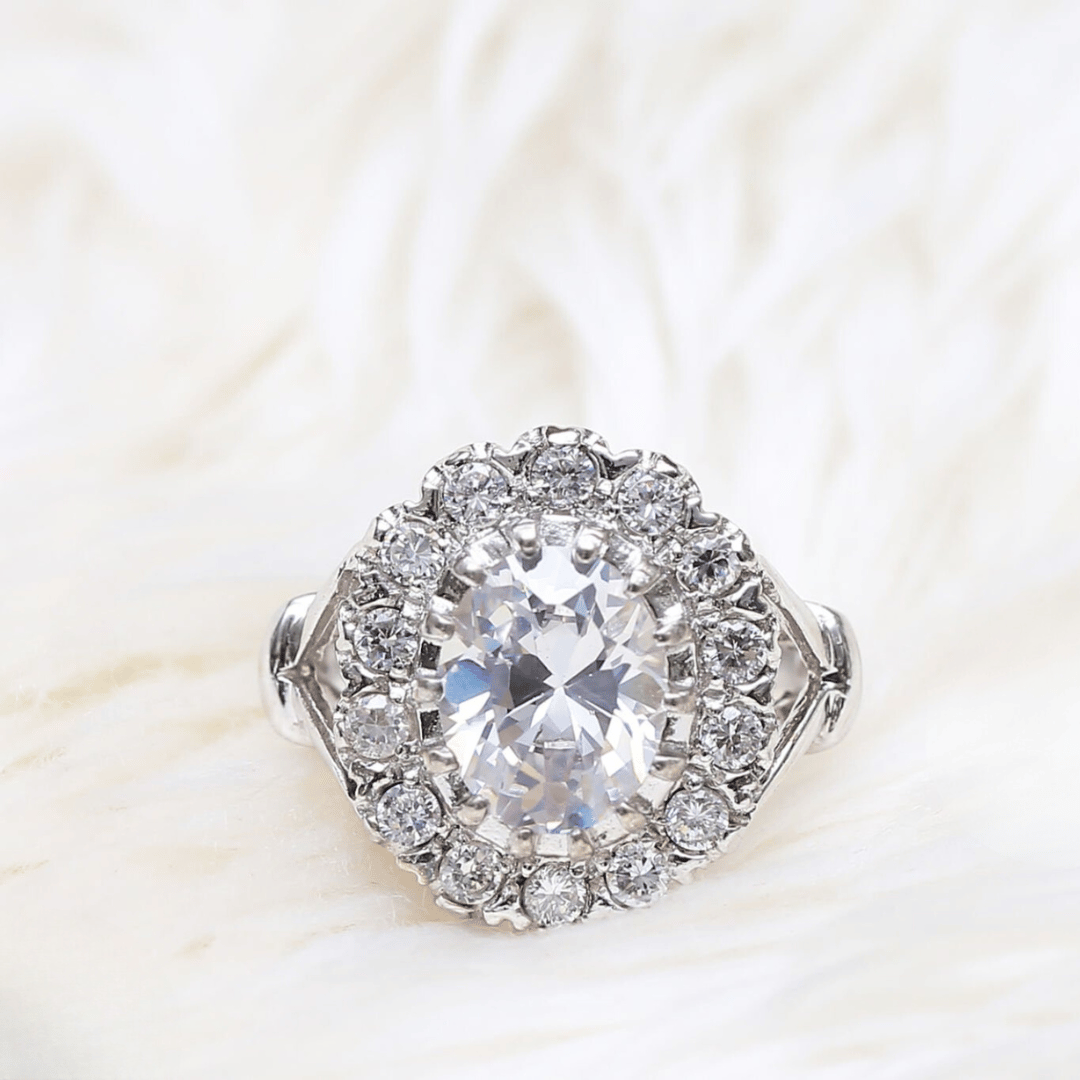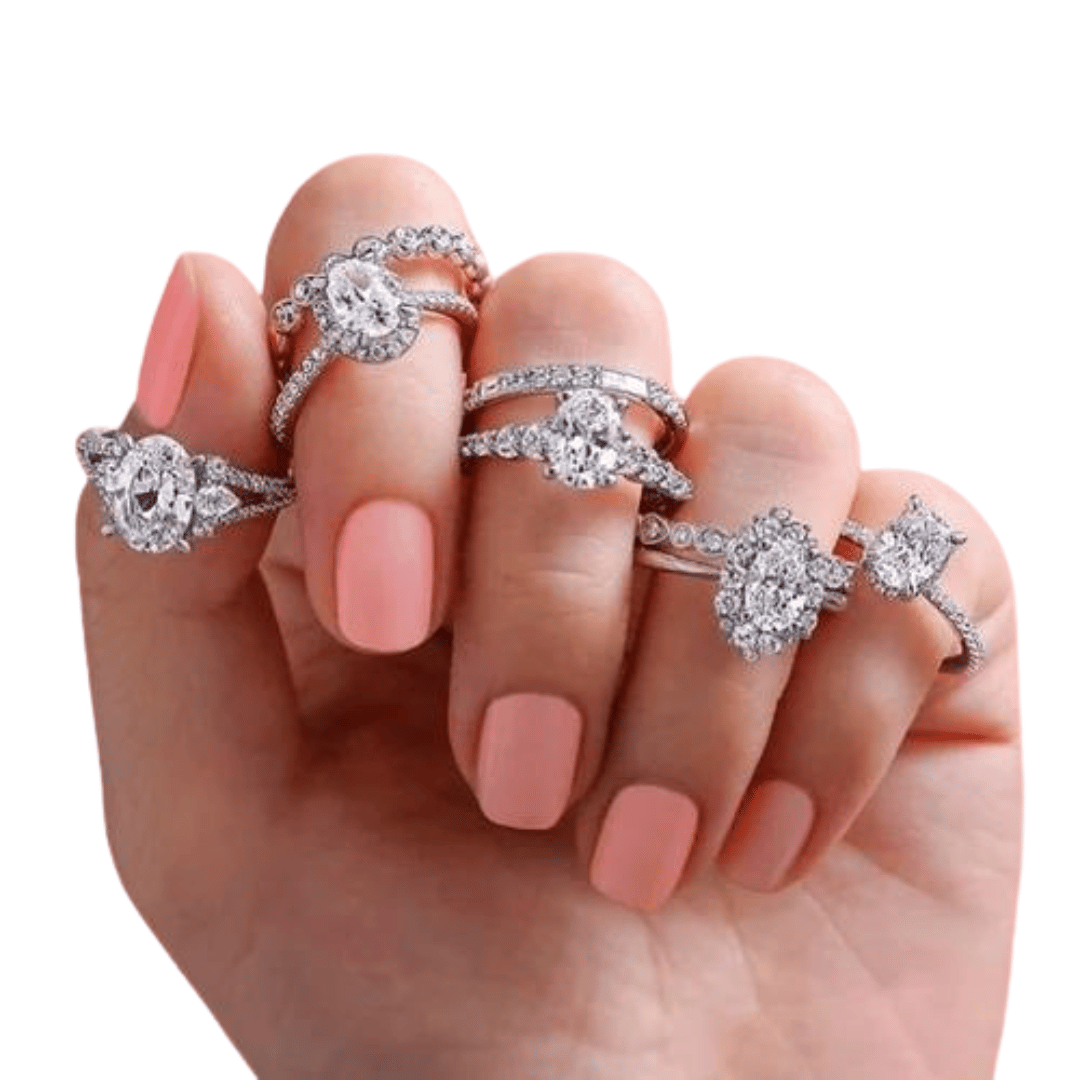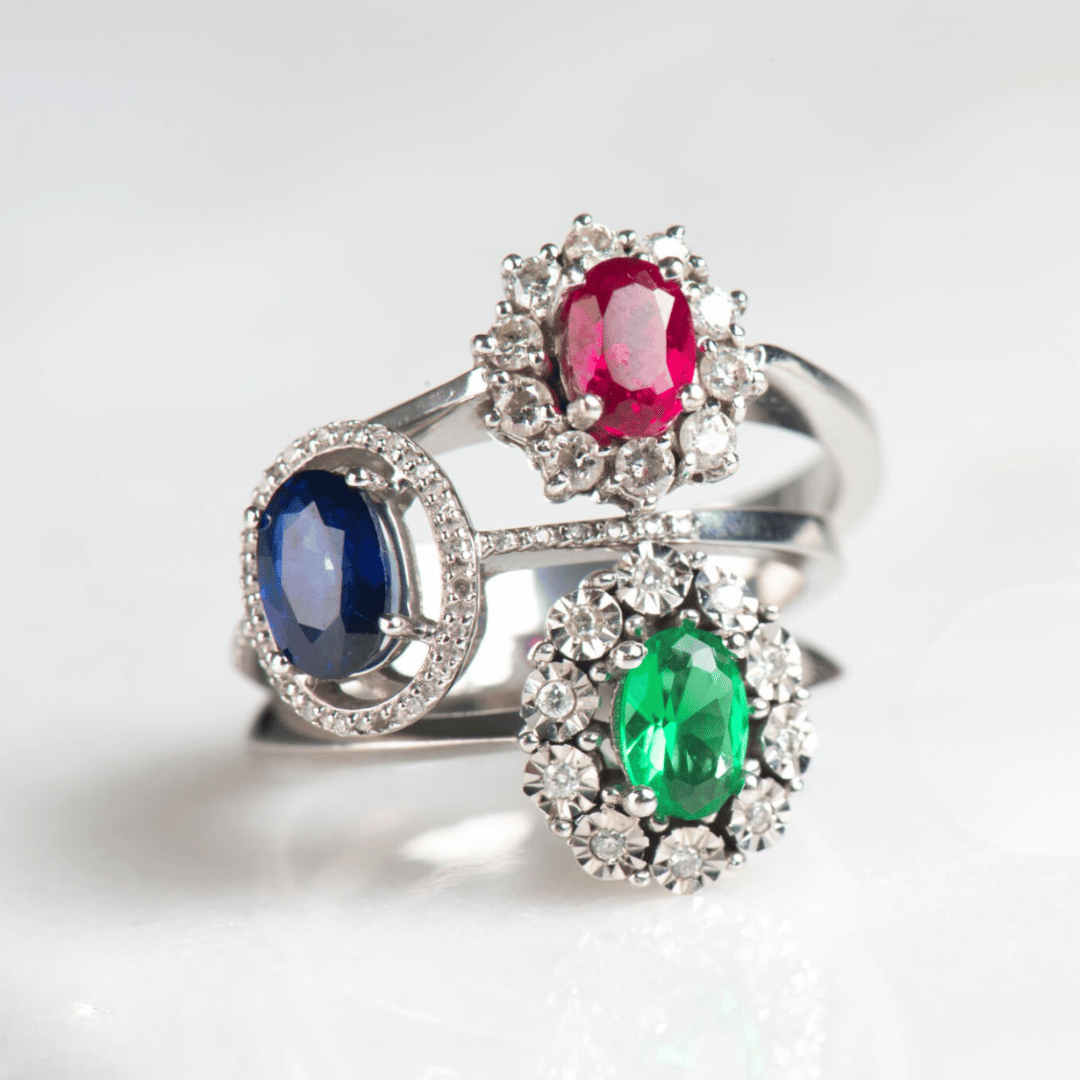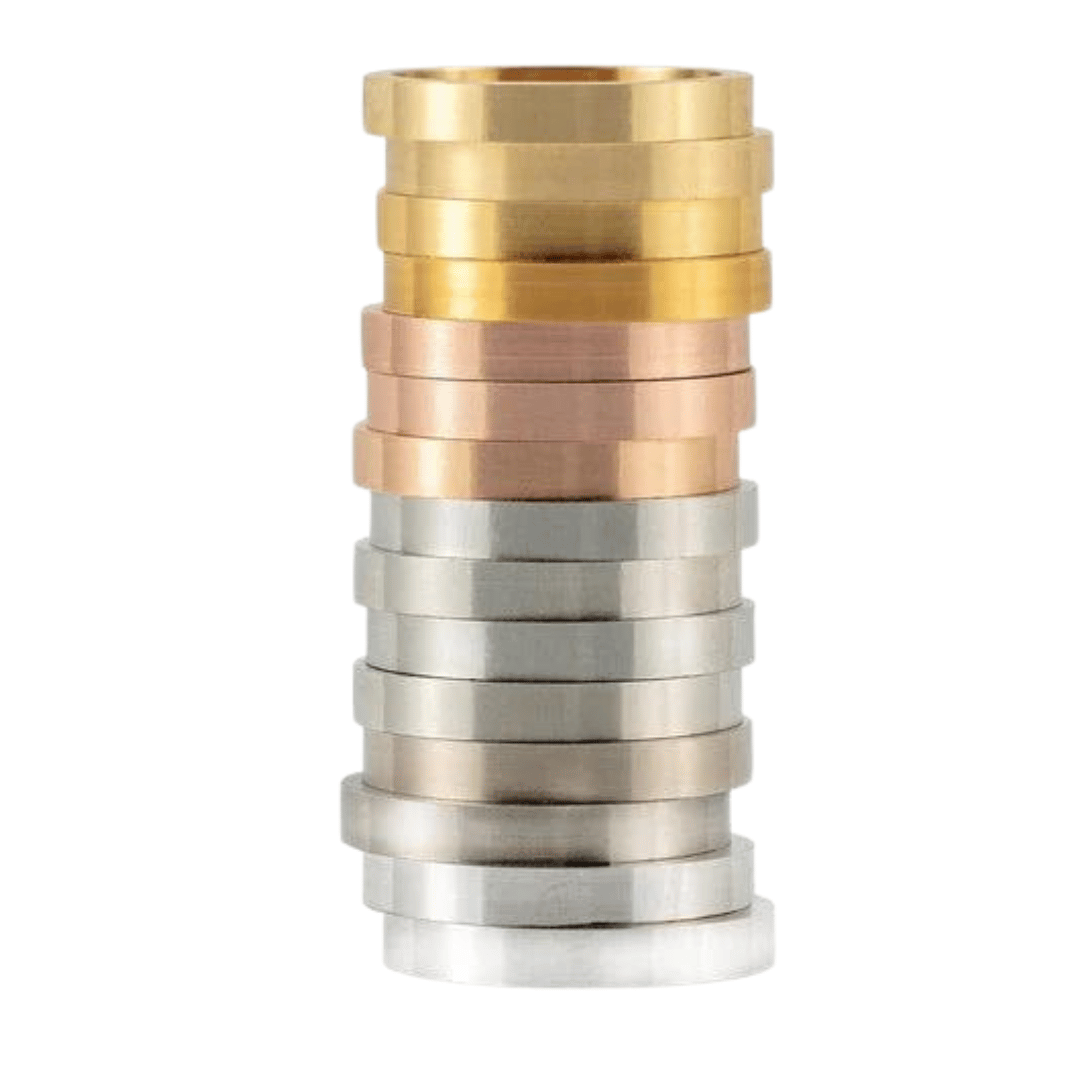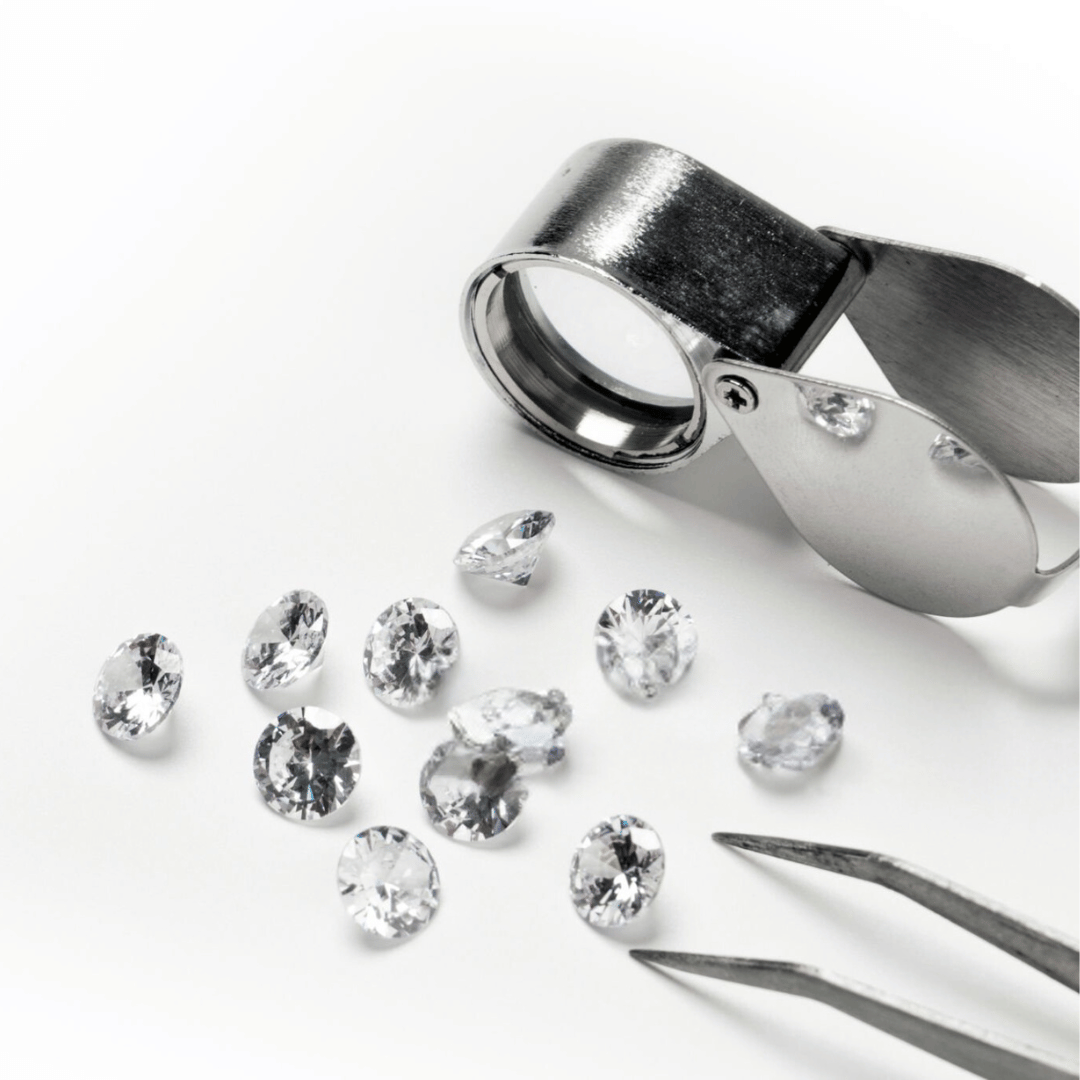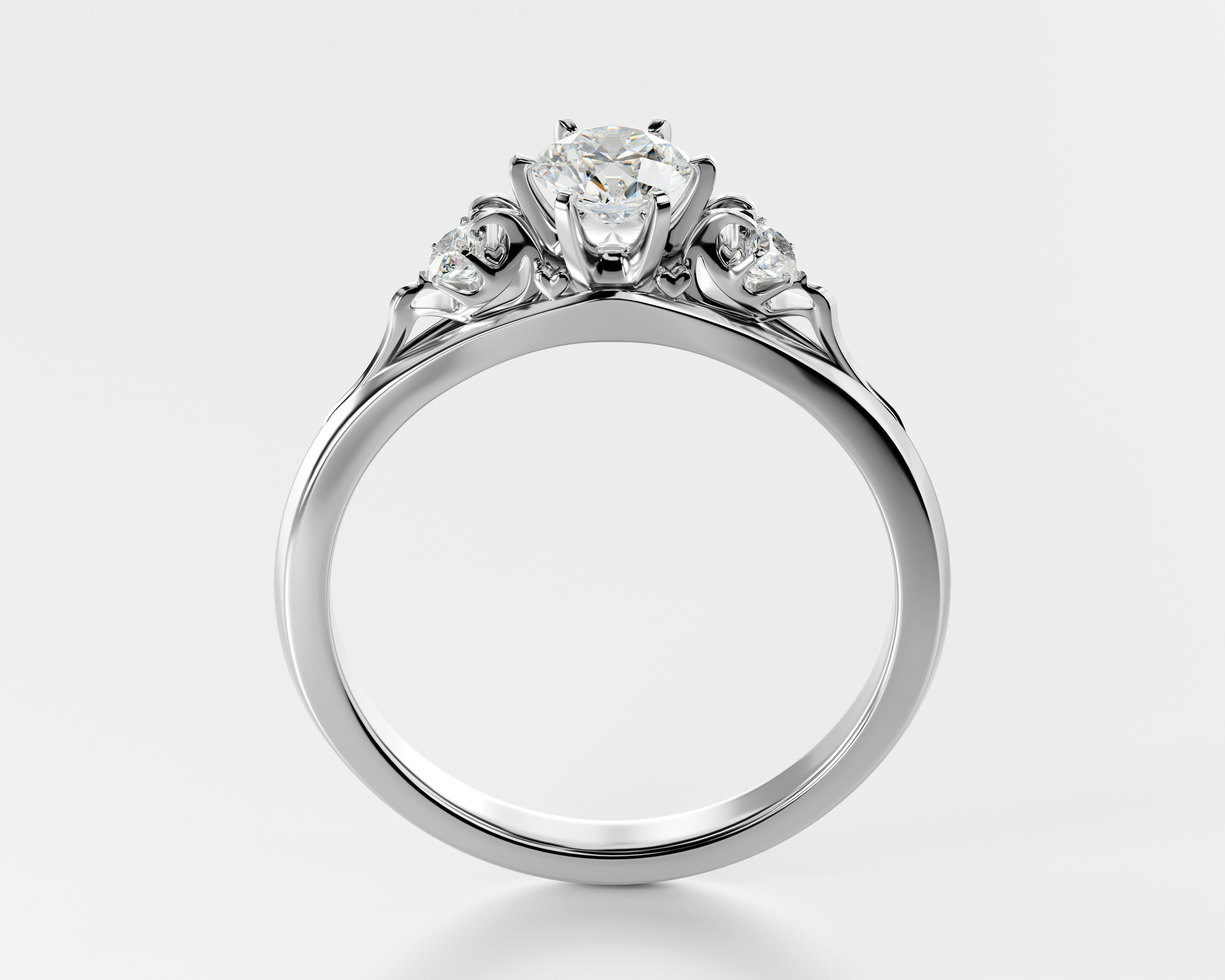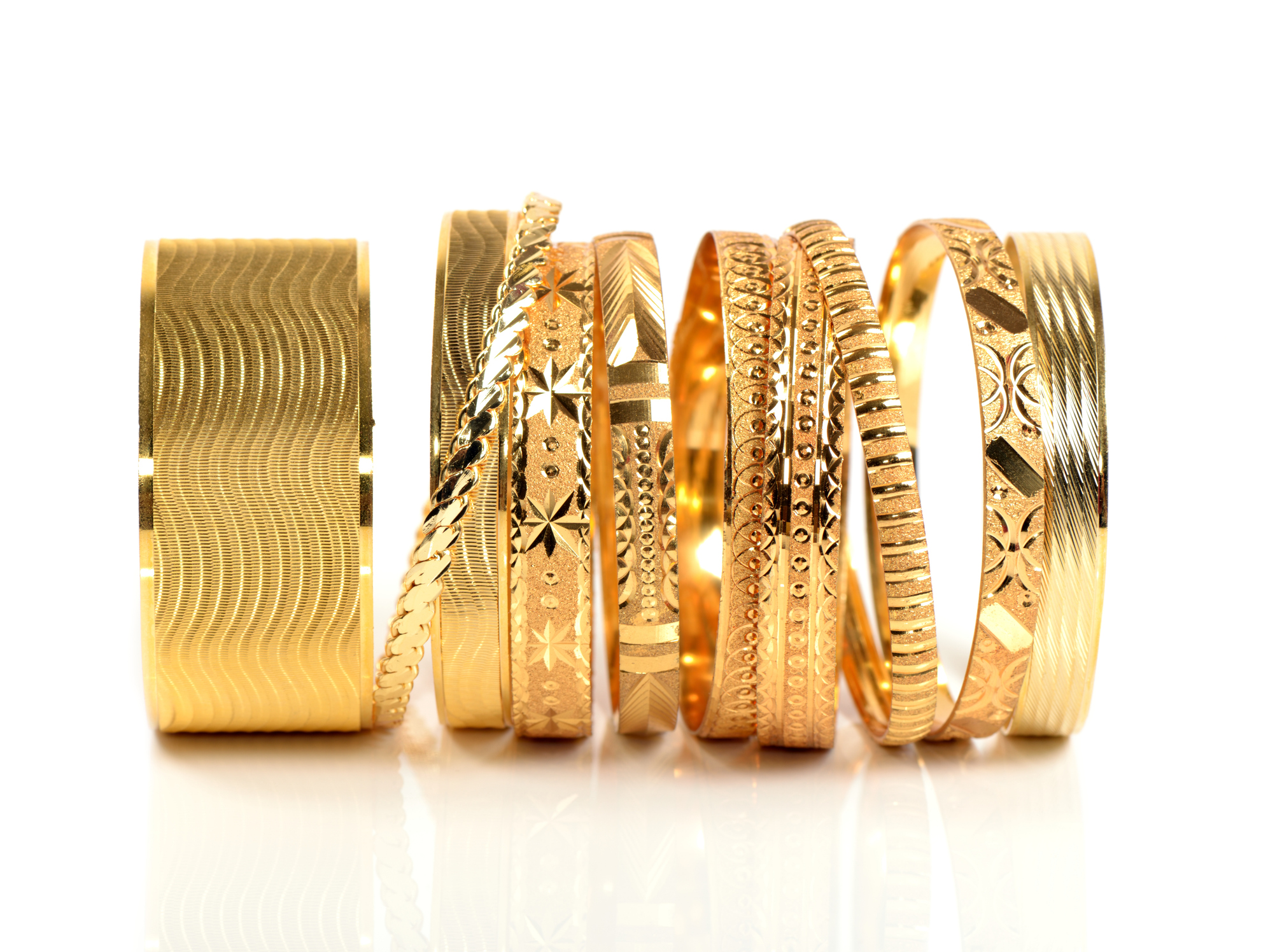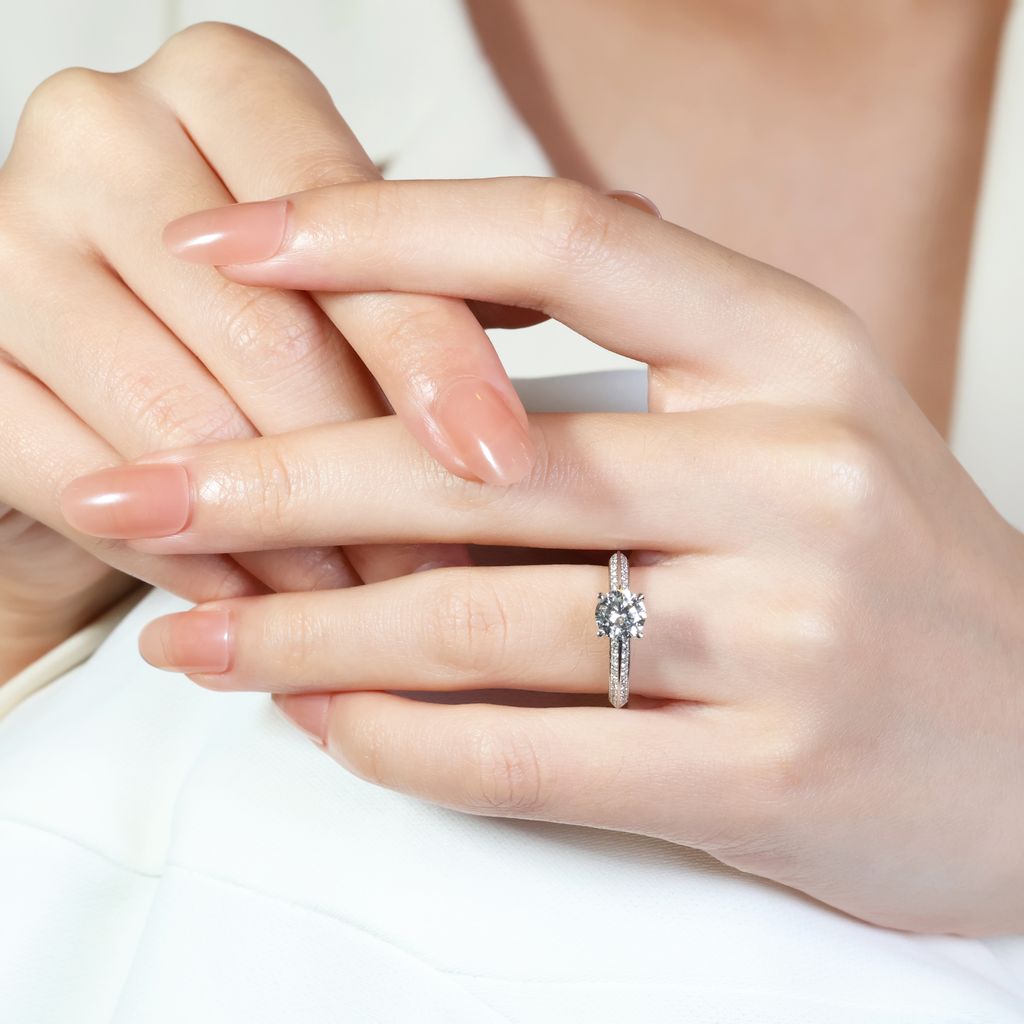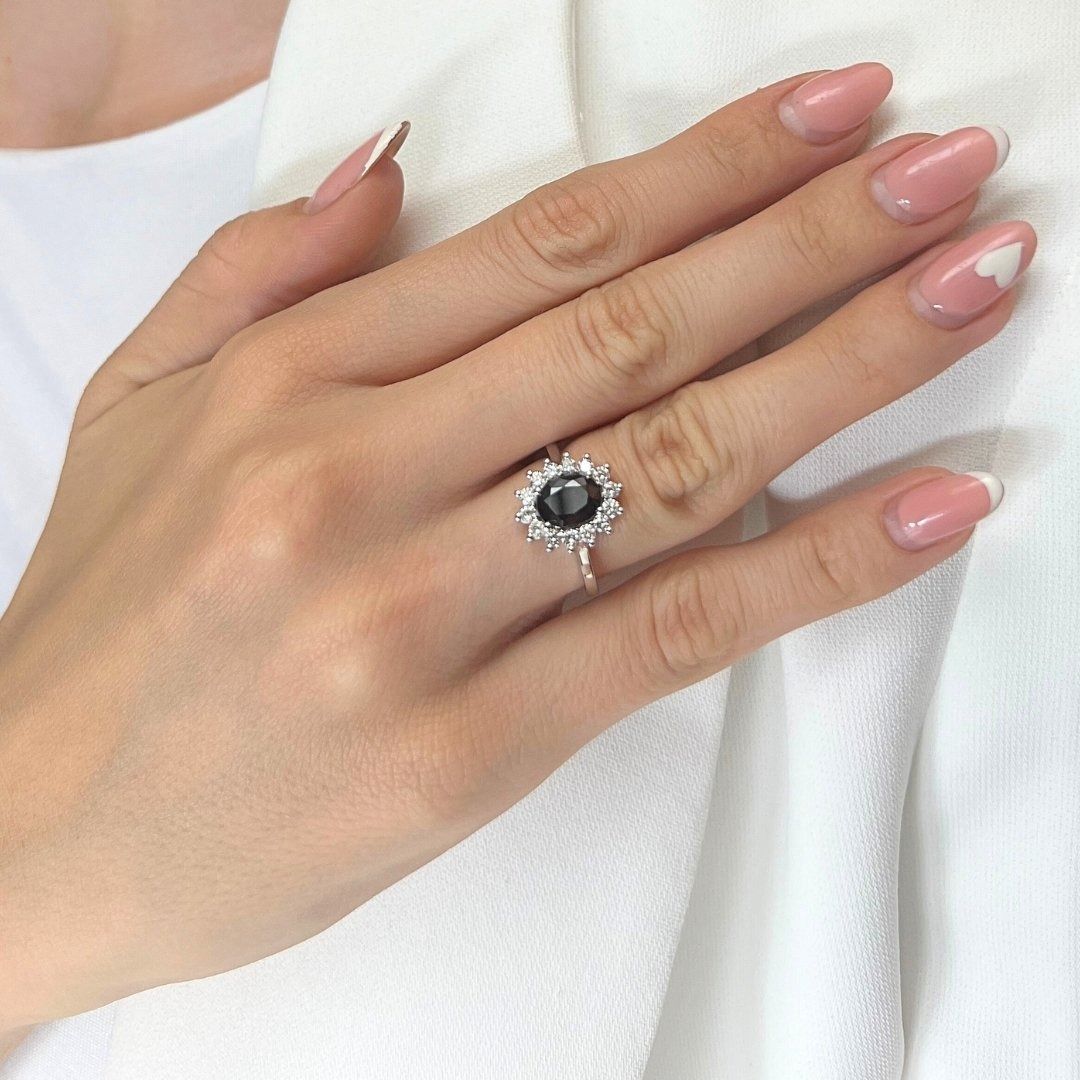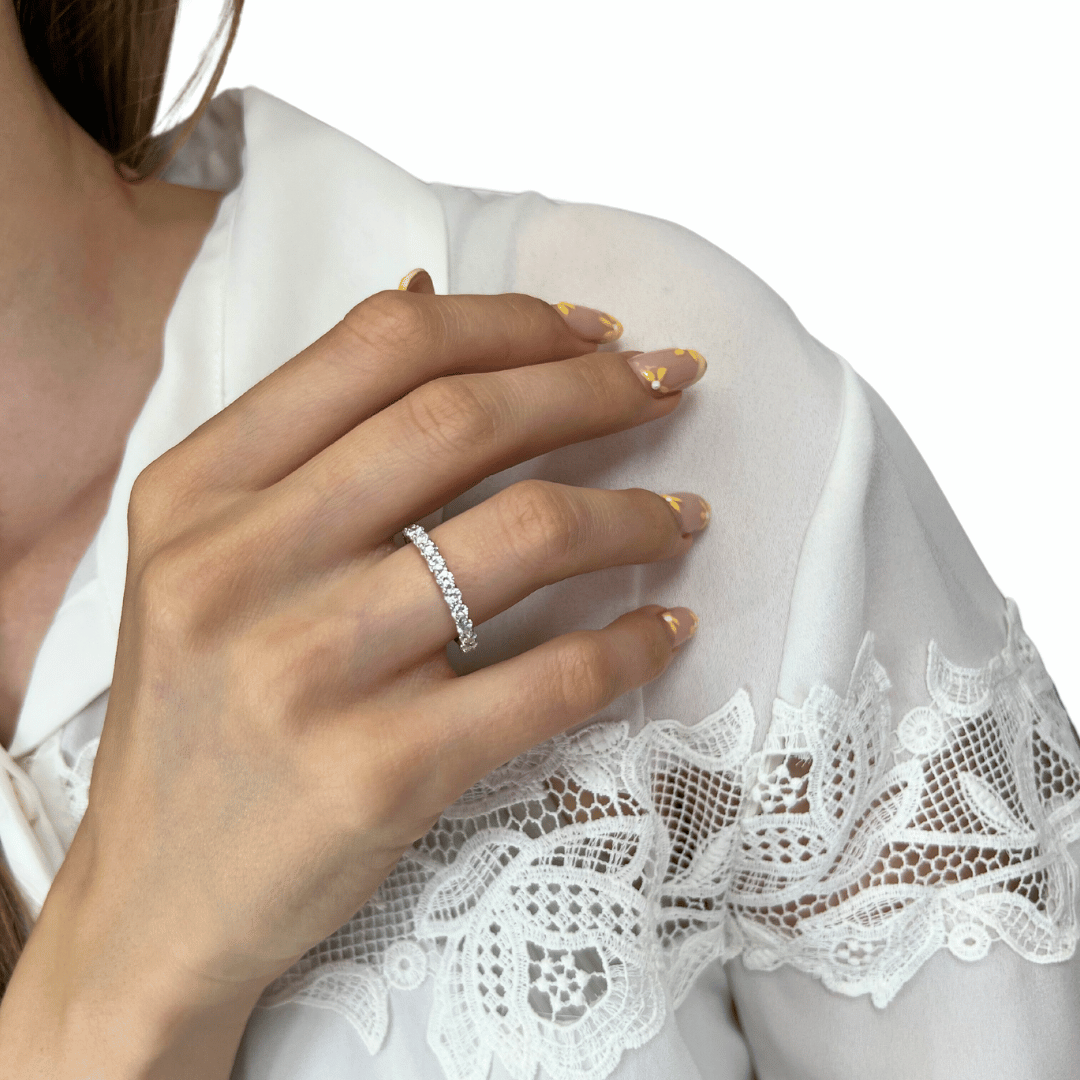Diamond Cutting
Diamond Cutting
Key Highlights:
- Polish Power: Don’t underestimate polish! It’s the only human-influenced factor impacting a diamond’s brilliance.
- Prioritise Polish: Opt for a smaller, well-polished diamond over a larger, lacklustre one. Aim for the ultimate polish grade: Triple Excellent (3EX).
- Focus on Round Cuts: This guide explores polish in round diamonds. Polish grade refers to light reflection standards, not the diamond’s shape (heart, oval, etc.).
- Bridging the Knowledge Gap: Historically, measuring polish was tricky, leading to inconsistent quality. Today, technology has advanced, but consumer awareness hasn’t fully caught up.
- Polish Grading Scale (Top to Bottom): Excellent (EX), Very Good (VG), Good, Fair, Poor.
- Polish in Action: Round diamond polish considers three aspects: cut, polish and symmetry.
- Size Matters for Polish: Polish becomes even more important for larger diamonds. A well-cut 1-carat diamond (6.7mm diameter) will appear larger and sparkle more than a poorly cut one (6mm diameter).
- Assessing Polish (Without Certification):
The pinnacle of polish is known as “Triple Excellent” (3EX).
Diamonds captivate us with their brilliance, but have you ever wondered what gives them that intense sparkle? One crucial factor behind this dazzling display is the diamond’s polish, a feature directly shaped by the craftsmanship of the diamond cutter. Unlike other qualities such as clarity or carat, which are naturally occurring, polish is the only measurable aspect of a diamond entirely influenced by human skill. It refers to the smoothness of the diamond’s surface, which plays a vital role in how light interacts with the stone. A well-polished diamond allows light to reflect and refract optimally, enhancing its overall brilliance and sparkle.
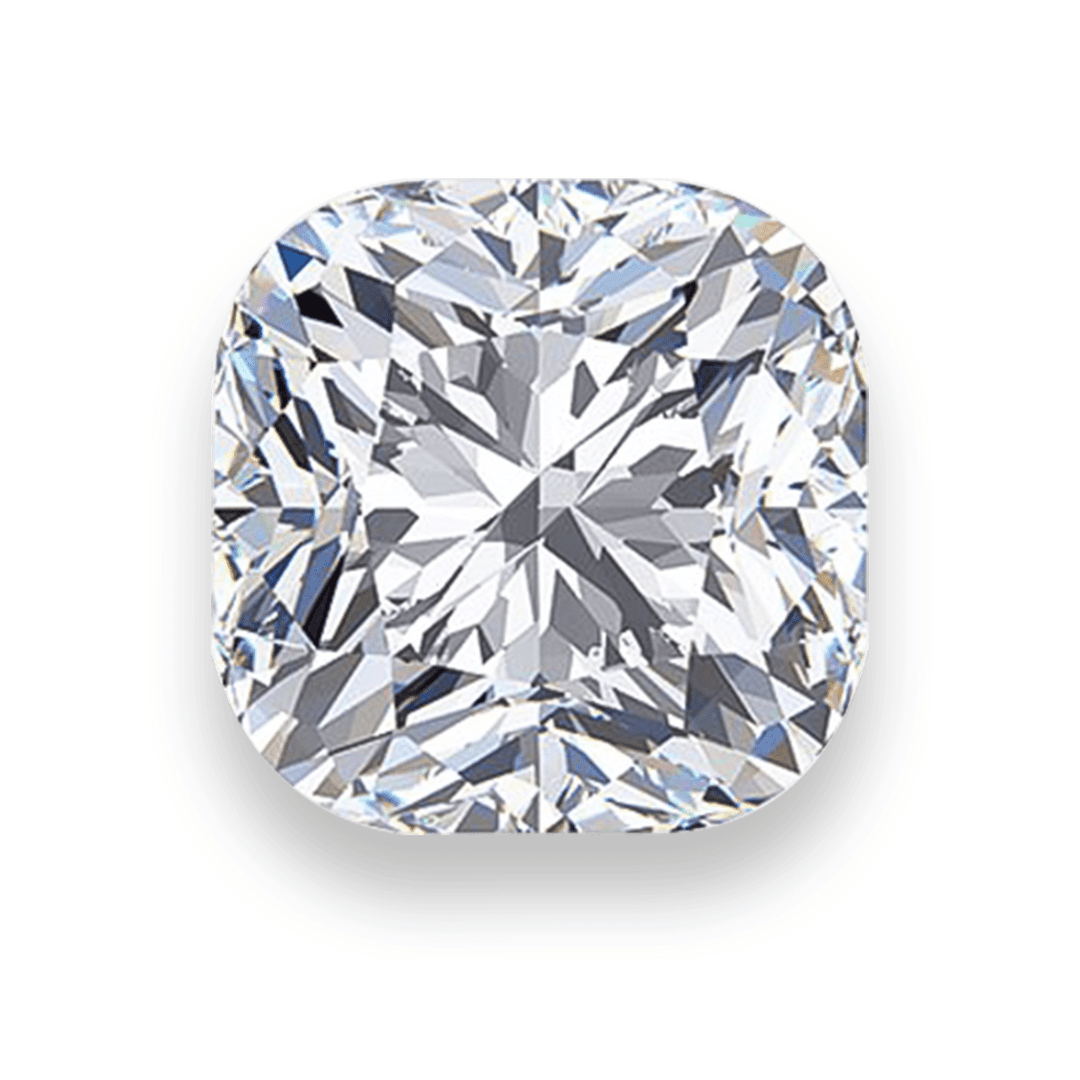
1. Polish: The Heart of Sparkle
Polish is arguably the most crucial factor affecting a diamond’s brilliance and light reflection. It’s better to opt for a smaller diamond with exceptional polish than a larger one with a lacklustre finish. The pinnacle of polish is known as “Triple Excellent” (3EX).
Important Note: This article focuses solely on round diamonds. While polish grade is sometimes referred to as “diamond cut,” it doesn’t relate to the diamond’s shape but rather achieving specific standards for optimal light return. Simply put, better polish translates to a more dazzling sparkle.
2. A Knowledge Gap: Why Polish Matters
If a Userguide is written, the introduction is about the product. In a report, the introduction gives a summary about the report contents.
- Excellent (EX)
- Very Good (VG)
- Good
- Fair
- Poor
3. Understanding Polish in Practice:
Round and fancy-shaped diamonds differ in polish evaluation. Here’s a breakdown for round diamonds:
Polish Grading for Round Diamonds:
- Cut: This refers to the proportions between various diamond sections, like the height-to-diameter ratio, girdle width, and table size. Scientifically determined optimal proportions ensure maximum sparkle. This is the most critical factor in polish grading.
- Polish: In some cases, the diamond may not be adequately polished, resulting in rough areas. Reasons include weight considerations (staying within a price range) or avoiding internal flaws. Imperfect polish reduces light flow within the diamond.
- Symmetry: This assesses how well-balanced the diamond’s sides and overall shape are. Diameter is the easiest aspect to evaluate with the naked eye. Slight variations are acceptable, but significant asymmetry indicates weak proportions.
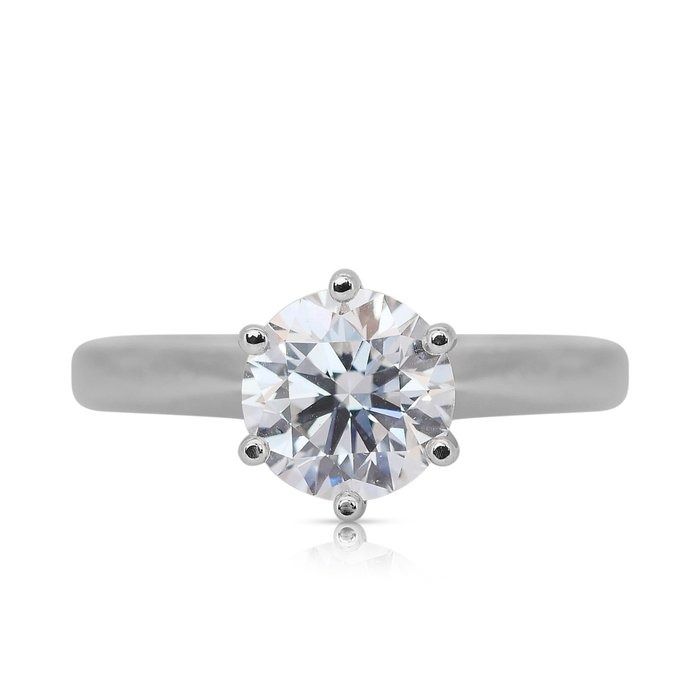

5. Tips for Assessing Polish (Without Certification):
- Light and Dark Areas: Look for an even distribution of light and dark areas within the diamond.
- Wide Girdle: A relatively wide girdle can be a red flag. Compare several diamonds to gauge this aspect.
- Feel: Gently run your finger over the diamond (if permitted) to detect any large, rough areas, particularly on the girdle.
By understanding diamond polish and its impact on light performance, you can make informed decisions when choosing your perfect diamond. Remember, the most important factor should always be the emotional connection you have with the stone. Use this knowledge to navigate the world of diamond polish with confidence, and find a diamond that truly sets your heart
Conclusion
Diamond polish, the unsung hero of sparkle, plays a critical role in a diamond’s brilliance. By understanding the polish grading system and its impact on light reflection, you can make informed choices when selecting your perfect diamond. Remember, the ultimate factor is the emotional connection you forge with the stone. Use this knowledge to navigate the world of diamond polish with confidence, and find a diamond that not only dazzles your eyes but sets your heart alight!




